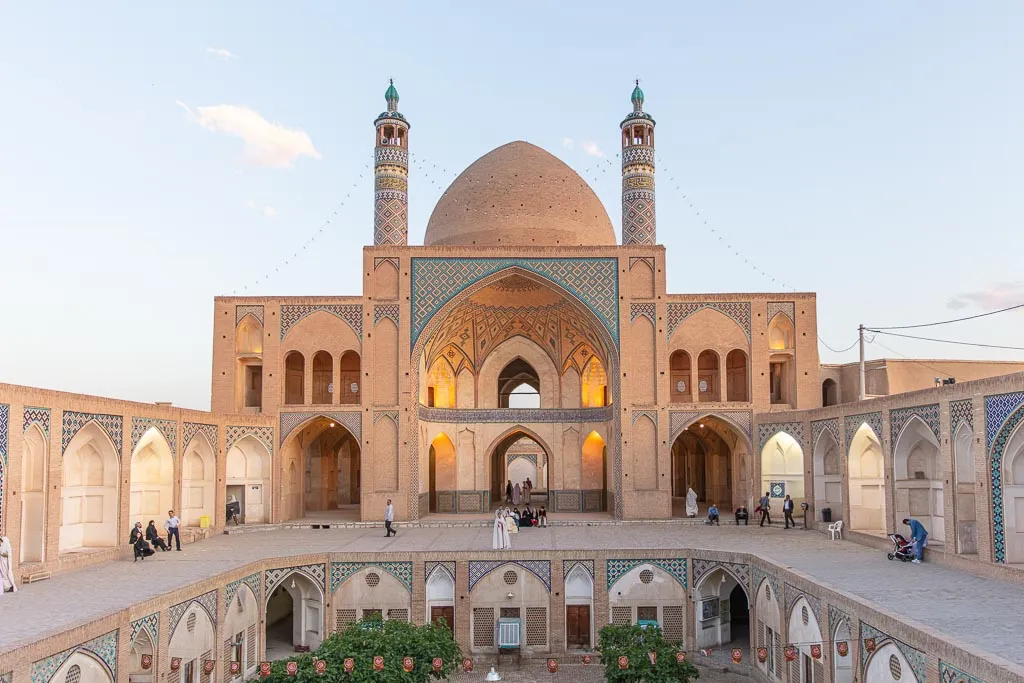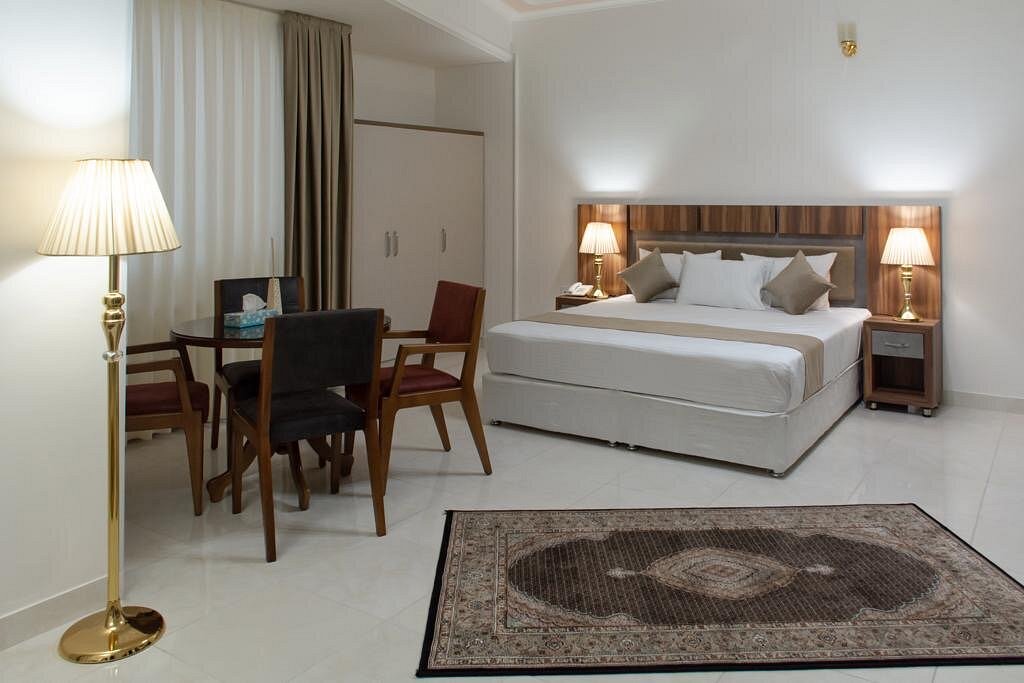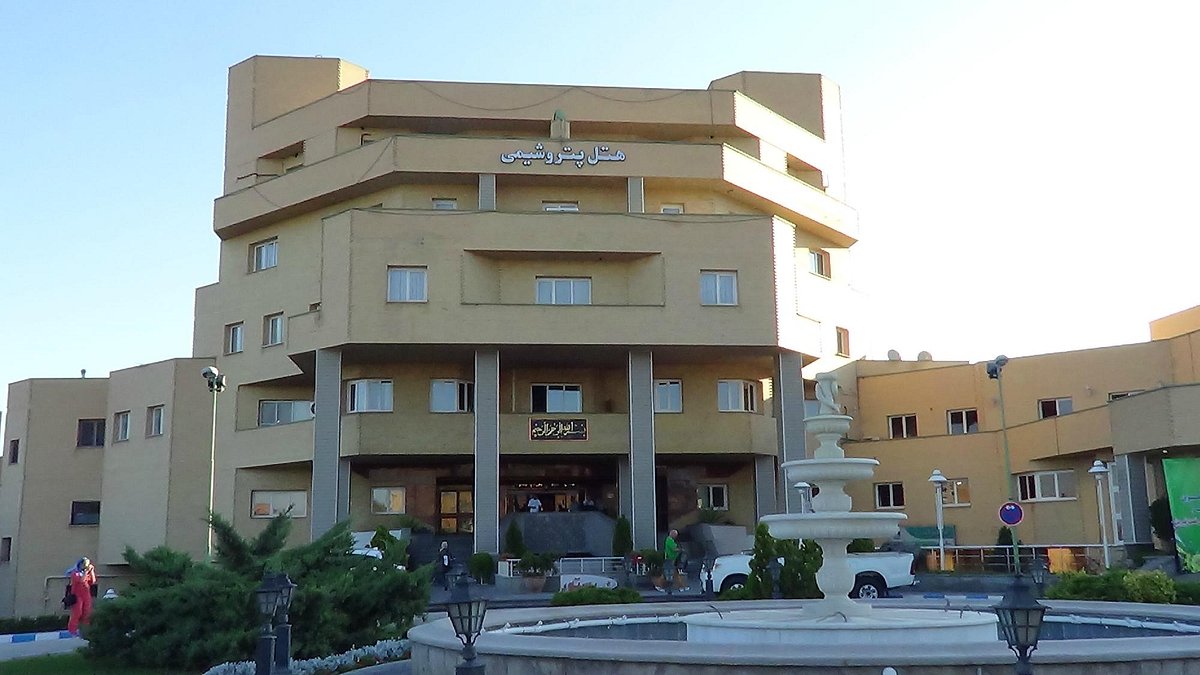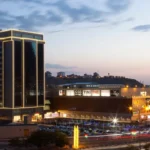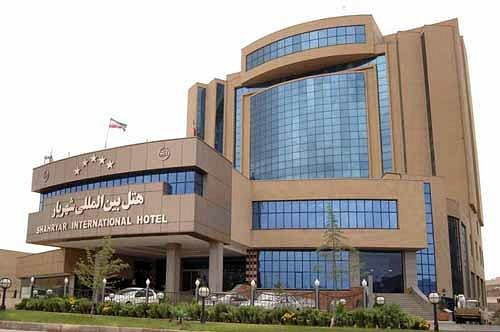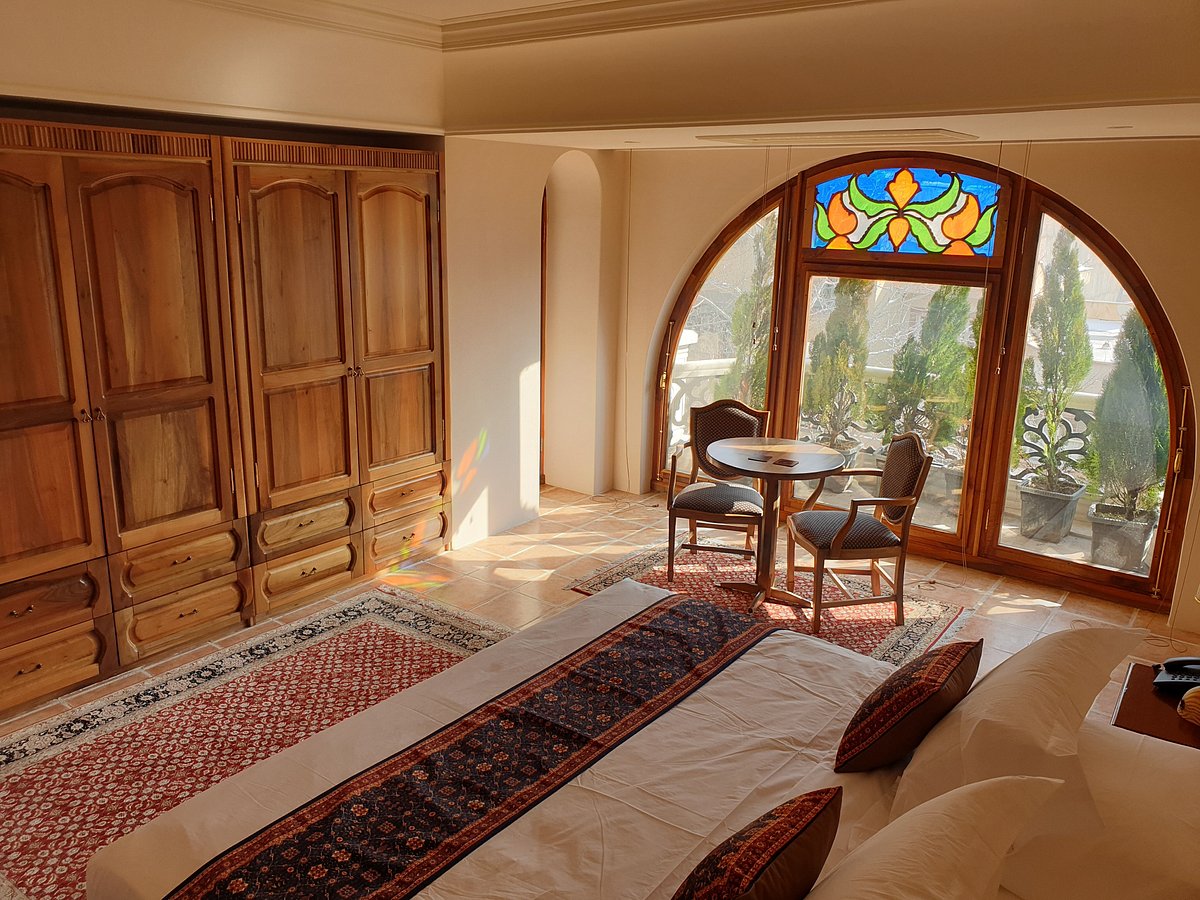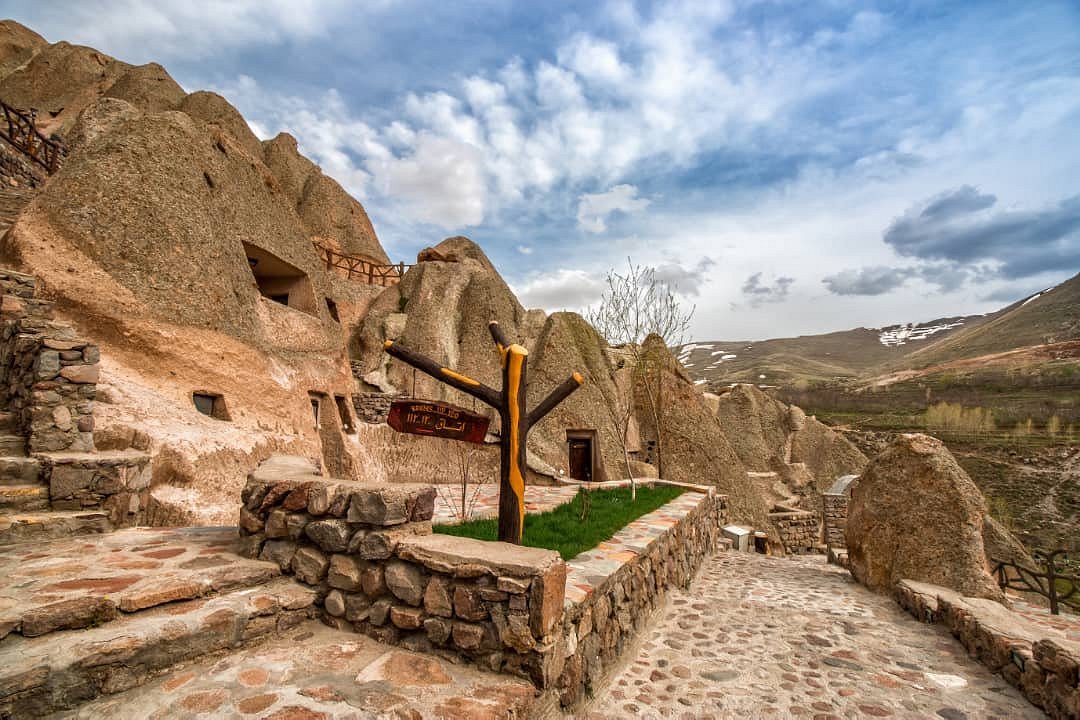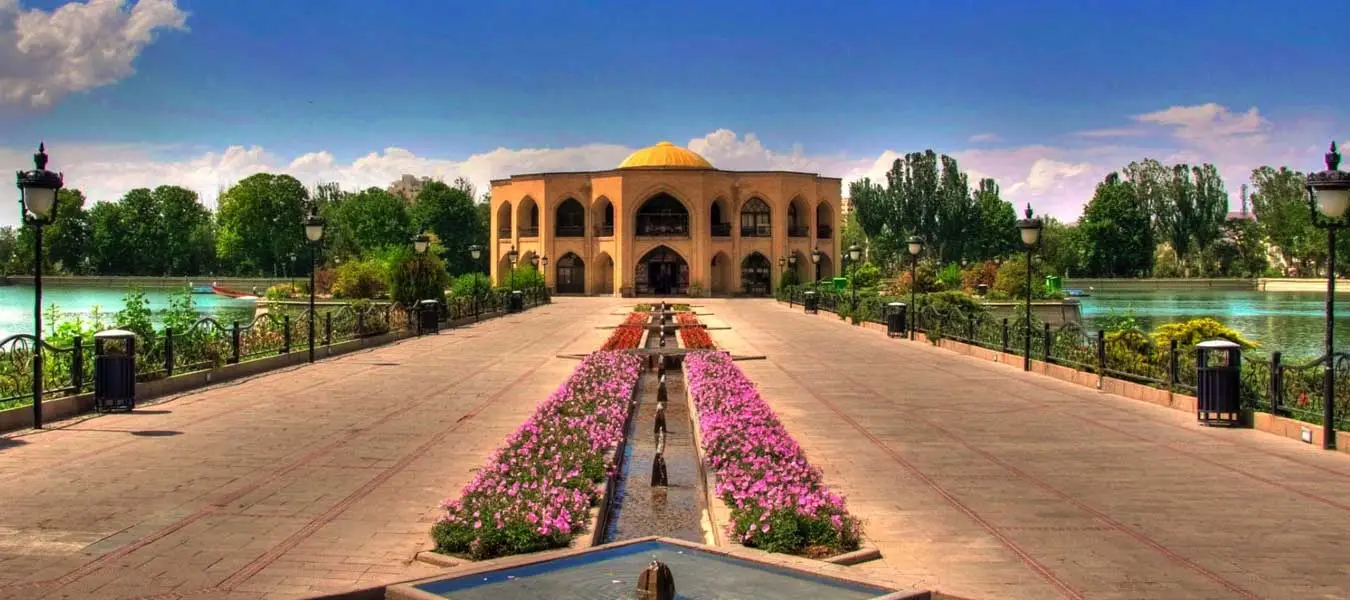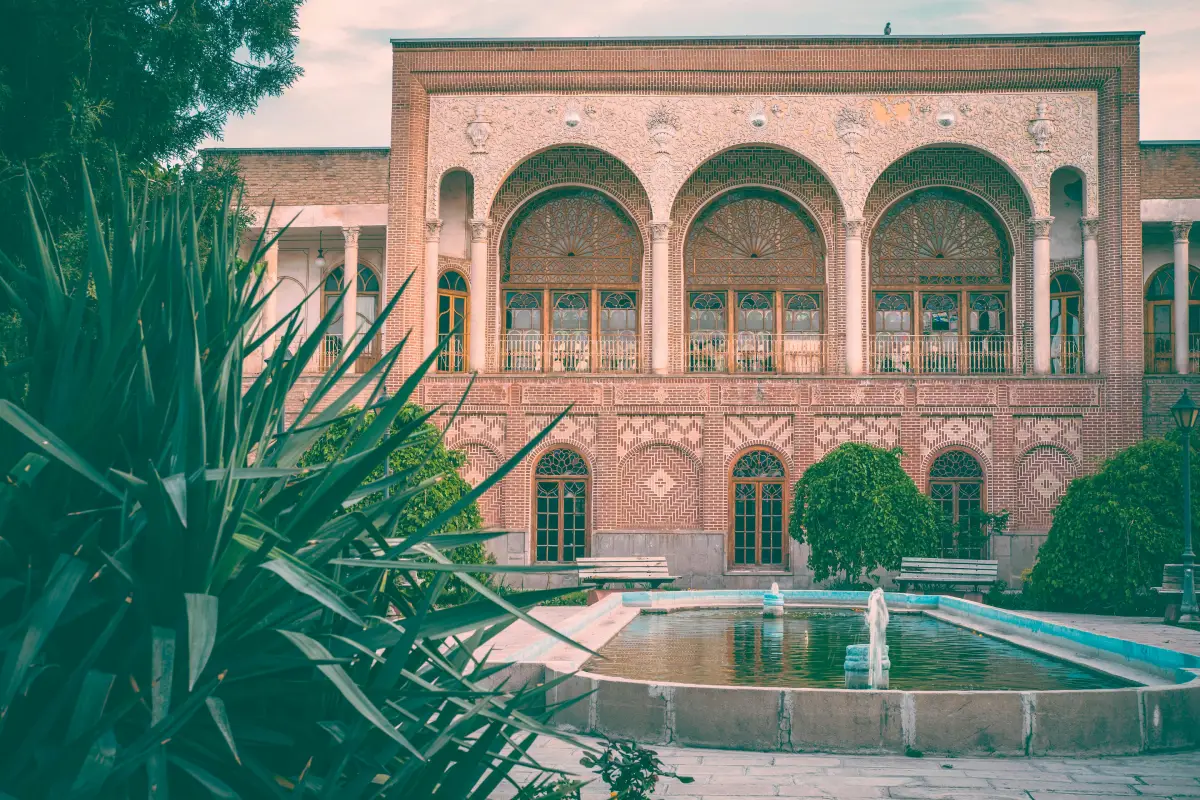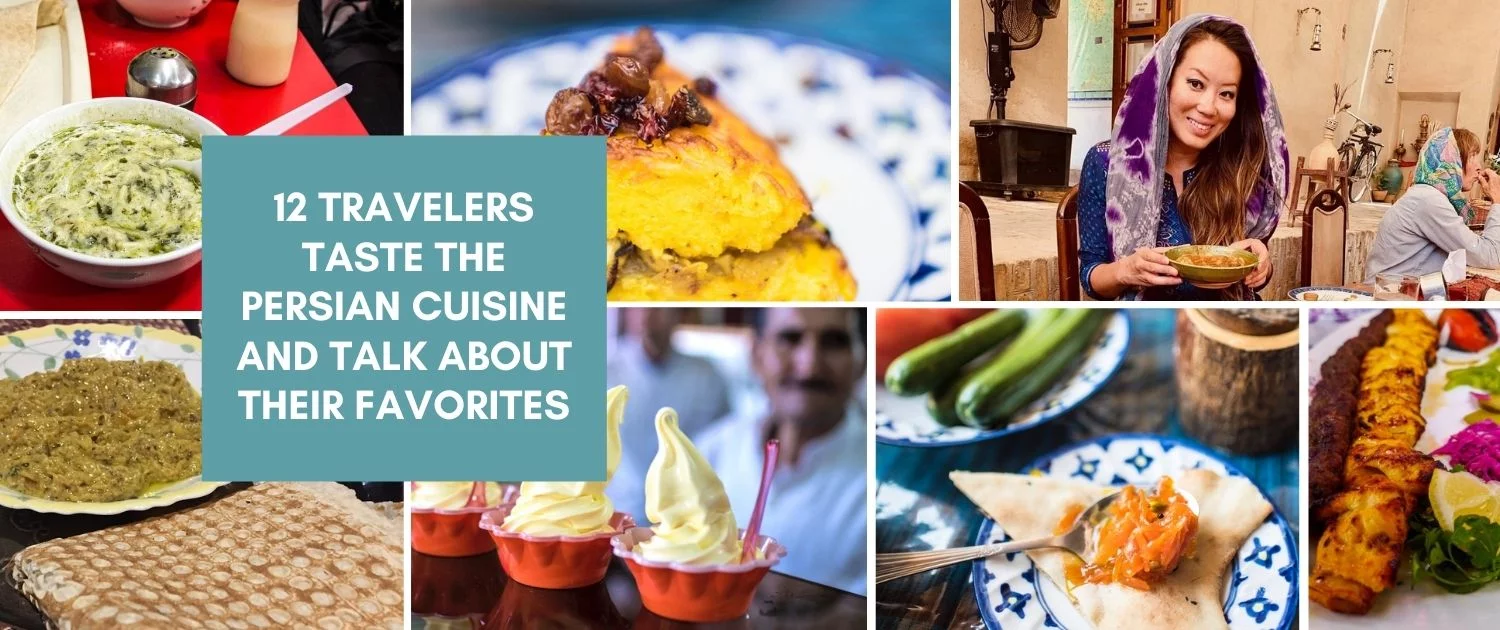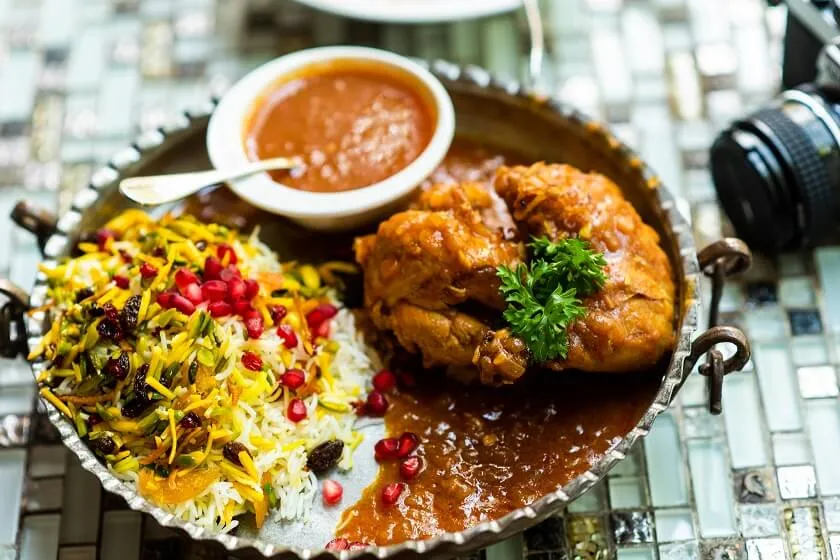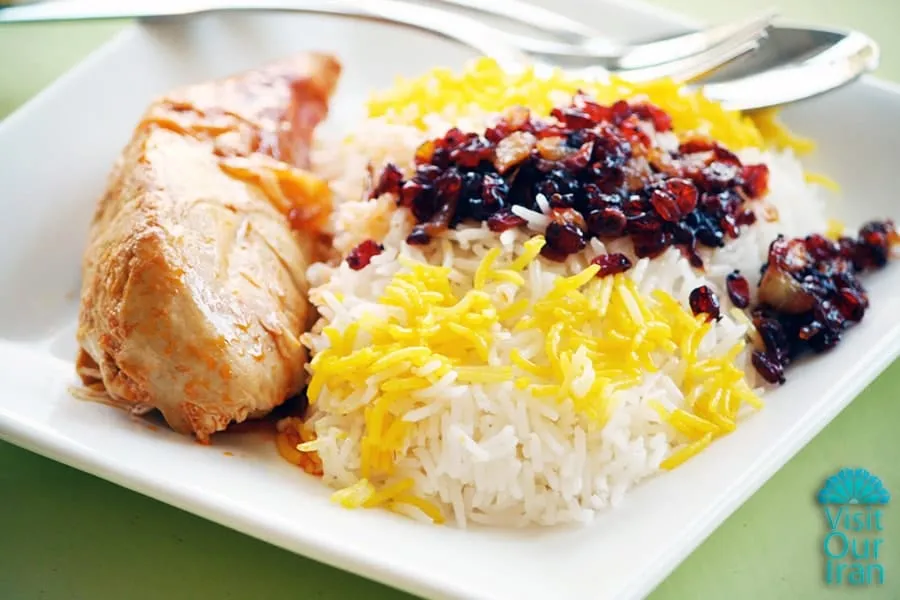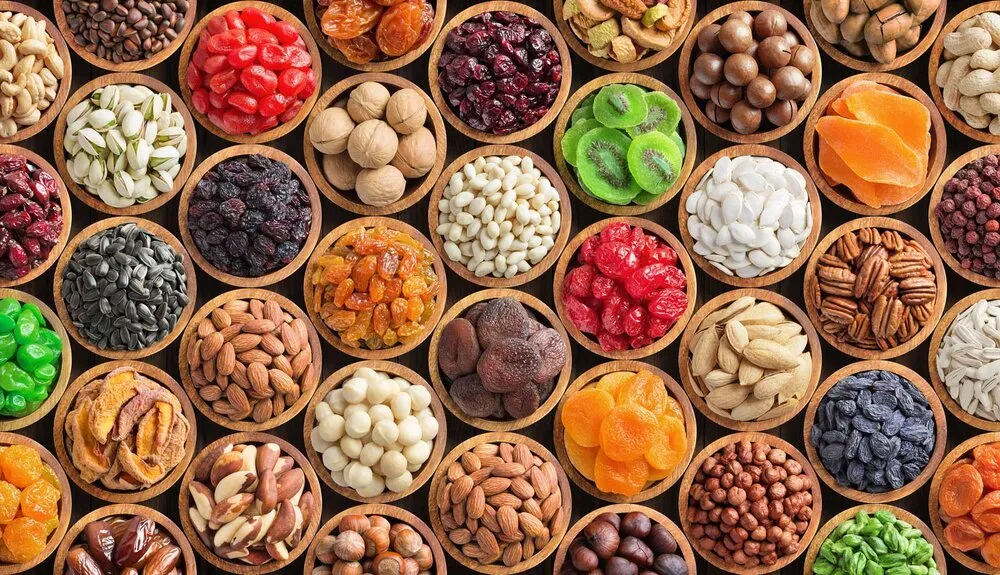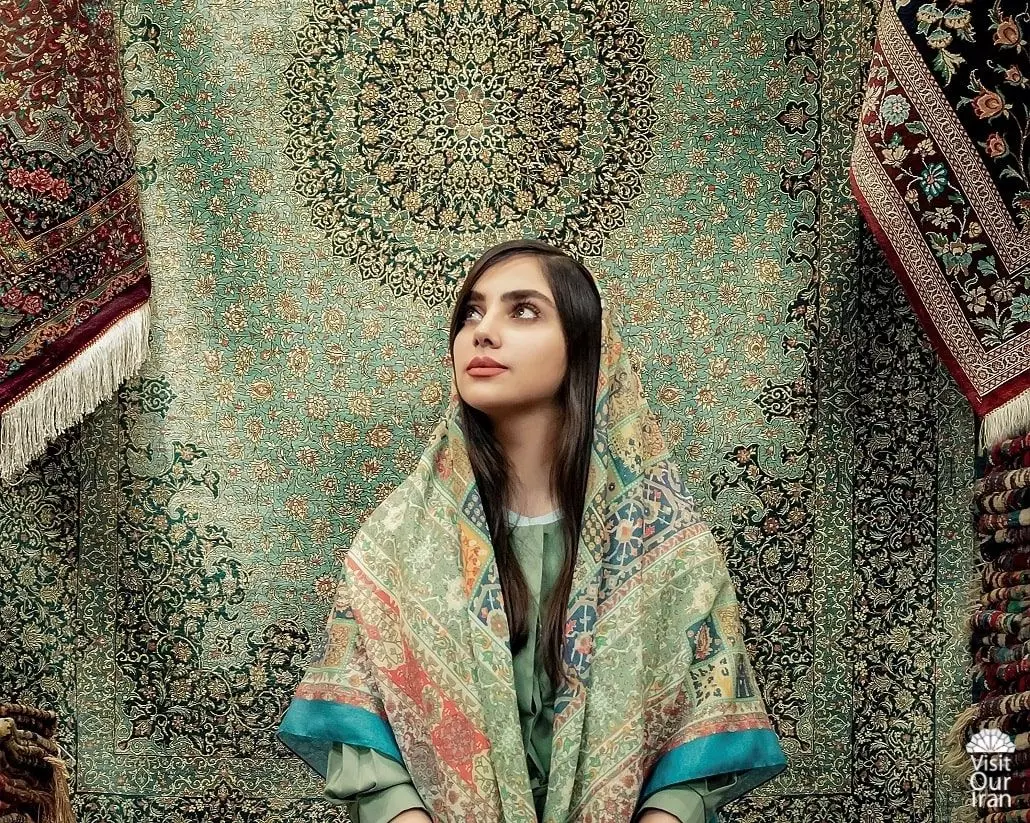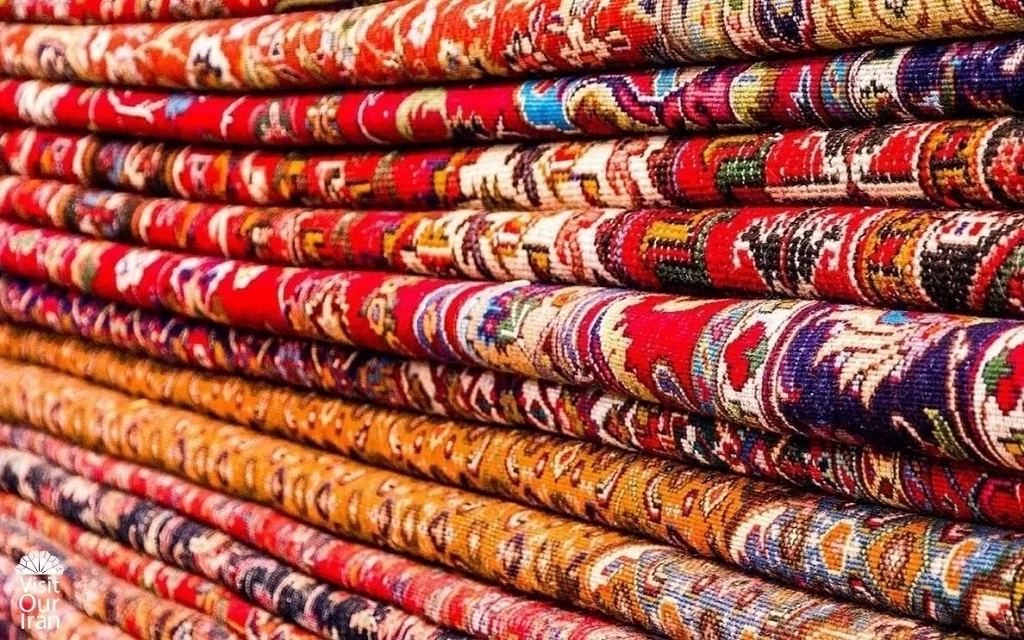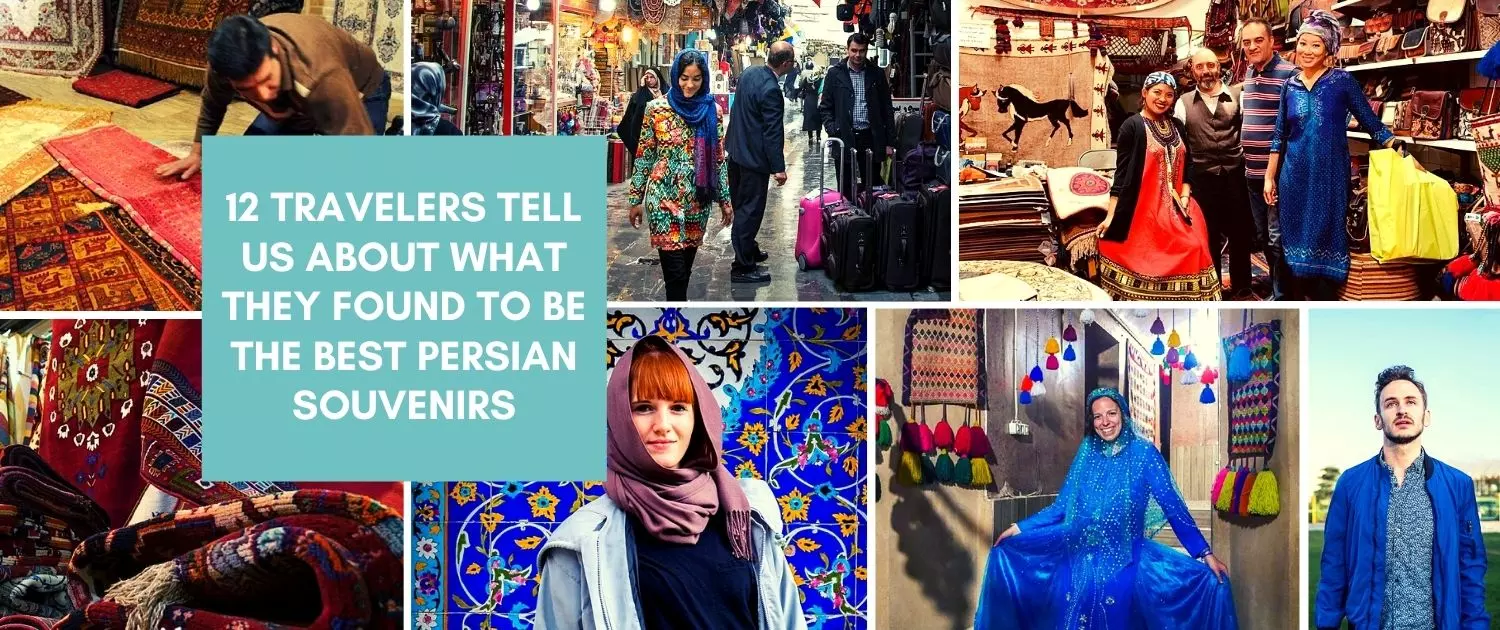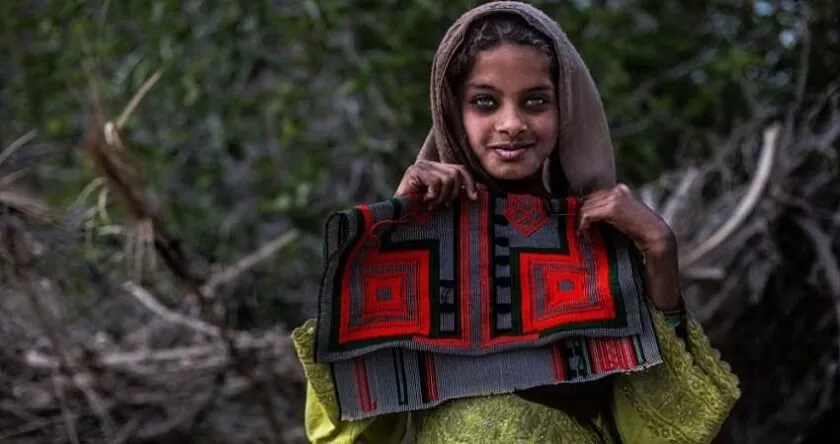Tabriz
Your Ultimate Guide to for travelling to Tabriz
About Tabriz
Tabriz, the capital of East Azerbaijan Province and Iran’s third largest city, is home to magnificent and stunning history, monuments, and architecture. It is located in north of the long ridge of Sahand Mountain with a population of more than 1.7 million people. It has a mid-latitude cool steppe climate characterized by cold winters and enjoyable yet very dry summers. The historical city of Tabriz has been the cultural, economic, and industrial hub of northeastern Iran. With its splendid mosques, vibrant bazaars, and captivating museums, Tabriz offers endless activities to help you stay entertained throughout your entire trip.
There is plentiful evidence of its ancient past revealed through the excavation of various sites, the earliest of which dates back to the reign of Sargon II, the Assyrian king (750-722 BC). Throughout history, Tabriz has played a significant role as a capital city for several empires, including the Mongols, the Turkmen tribes, and the Safavids. It was a very important stop on the ancient Silk Road with its historic bazaar complex, connecting Europe and Asia. Tabriz has now transformed into a great metropolitan area, fascinating travelers with its splendid past and captivating culture. The city is enfolded in ancient heritage and Azari culture. In the following, you find must-see attractions, public transportation systems, cuisine, souvenirs, bazaars, and shopping malls in Tabriz.
Public Transportation Systems
Taxis, buses, metro, BRT, and trains are readily available and affordable in Tabriz. If you’re planning air travel, there’s no need to worry about commuting from the airport to the city center or your accommodation. A bus service connects the airport and Tabriz Grand Bazaar (Rasteh Kucheh), making it convenient for passengers to travel in both directions. Additionally, airport taxi service is always available right outside the terminal, operating 24 hours a day.
Within the city of Tabriz, you can easily access tourist attractions by utilizing the Bus Rapid Transit system. Their e-ticketing system offers convenient and hassle-free travel. You can visit the bus stations to purchase or recharge your card for easy access to transportation. You can also take advantage of 5 subway lines in the city of Tabriz to access different destinations.
Bazaars and Shopping Malls
Shopping malls are another important tourist attraction. We all know that one of the most amusing and entertaining activities during a trip is to go to the shopping malls which look different to us and fill our suitcases with our new and attractive purchases. However, this feeling is multiplied in Tabriz! On one side, you can enjoy visiting historical and artistic places in the city, and on the other side, you can have an amazing shopping experience. Amongst the best shopping malls in the city are Laleh Park Mall on Fahmideh Square on Pasdaran Highway, Setareh Baran Shopping Complex in Nesf-e Rah district of the city, and Atlas Mall on West Homafar Street.
Souvenirs
When it comes to buying souvenirs, food is the top choice for every tourist. If you have a sweet tooth, Tabriz is the perfect place for you as it is known for its delicious sweeties. Nuts are not only popular among the locals, they are also highly regarded as they are exported to various countries. Tabrizi Baklava, Qurabiya, Nogha (or Nougat), Chocolate Tasbihi, and natural honey from the Sahand mountains are also among the most famous edible souvenirs in Tabriz. In addition to food, the handicrafts of Tabriz are a sight to behold for any traveler. From bags, shoes, and leather items to hand-woven carpets, tableau rugs, kilims, and baskets, the craftsmanship in Tabriz is truly impressive and will capture your attention.
Summing Up
Traveling to Tabriz feels like embarking on a mesmerizing time-travel experience, immersing you in Iranian history and culture. Located in the enchanting northwestern part of the country, Tabriz unveils itself as a breathtakingly beautiful city, teeming with cultural splendor. Also in the suburbs, you will discover awe-inspiring architectural wonders, bustling bazaars, and delectable Azeri cuisine that will imprint an indelible mark upon your memory.
Should you find yourself with ample time to spare, we highly recommend visiting attractions beyond the city to explore the modern cave dwellers in the village of Kandovan, a mere 60 kilometers away. Some of the cave houses are believed to be around 700 years old. Alternatively, hiking enthusiasts can take the opportunity to visit Sahand Mountain, a majestic dormant volcano whose grandeur can be admired from afar. Standing tall at an impressive altitude of 3700 meters, it turns into a small yet delightful ski resort.
Tabriz Tours
Tabriz Hotels
Tabriz Must-See Attractions
Tabriz, the largest city in the northwest of Iran, holds historical significance as a former capital. With its picturesque green mountains and modern urban development, the city and its surroundings attract tourists from different countries. Its exceptional cultural heritage has left behind breathtaking architectural masterpieces which have been preserved for future generations to admire. Additionally, the region of Iranian Azerbaijan boasts some of the country’s most awe-inspiring landscapes.
Tabriz Grand Bazaar
Tabriz has long been a hub for cultural exchange, making it a vital commercial center on the Silk Road trade route. Tabriz Grand Bazaar, with its interconnected brick structures and enclosed passages, played a more significant role than commerce. Long before the 13th century, when Tabriz became the capital of the Safavid kingdom, the city and its bazaar prospered and gained fame. Although no longer the capital by the 16th century, Tabriz remained an important commercial hub until the 18th century due to the growing power of the Ottoman Empire. Today, the Tabriz Historic Bazaar Complex embodies the rich history and traditions of Iranian commerce and culture and developed as a result of its connections to international trade routes.
Tabriz Grand Bazaar, registered in the list of UNESCO World Heritage Sites, is the world’s largest roofed bazaar. It is located in the bustling city of Tabriz. On the eastern side of the bazaar stands the glorious Ali Qapu Palace, and on the western side, you can marvel at the magnificent Jameh Mosque of Tabriz. The width of the bazaar spans 4 to 5 meters and its height is 5 to 6 meters. You can find a multitude of corridors, caravanserais, bazaars, Bazaarchehs, Timchehs, mosques, schools, baths, museums, and libraries.
On one side you can find amazing gold and jewelry, while on the other side, you can explore beautiful handicrafts. Amongst the beloved handicrafts of Tabriz is the renowned Tabriz leather, showcasing various styles and brands. Additionally, the Tabriz carpet stands out as a prominent artistic creation of the city, with Mozafarieh Timcheh offering a selection of authentic, hand-woven carpets. The Tabriz Historic Bazaar stands out for not only offering a wide range of goods for sale, but also for its historical, social, and architectural features. It remains the largest and most inclusive bazaar in Iran, continuing to serve as the primary trading hub in Tabriz.
Alishah Citadel
Arg of Tabriz, Arg-e Alishah, or Alishah Citadel which is over 700 years old, was once a prominent fortification wall and it can still be easily spotted from afar. Initially built as a mosque and burial site for Taj Al-Din Alishah Gilani, Ilkhanate minister. Throughout the years, this large structure had various purposes. It was used as an ammunition supply point during the Qajar dynasty. To protect it, a tall mud wall was constructed, the reason why it is now called Alishah Citadel or Arg-e Alishah. During the Safavid era, it served as an educational center. Unfortunately, during the Russian invasion of Tabriz in 1911, the wall of the citadel was blown up, leaving visible holes in its walls. Despite major damage from earthquakes and conflicts, the high wall is the only remaining section of the citadel that still stands today. This impressive structure is a fine representation of Iranian architecture, and its Azari style became popular in Azerbaijan after the rise of Islam. It has now become a distinctive style in Iranian architecture.
Azerbaijan Museum
Azerbaijan Museum is a prominent structure known for its extensive collection of valuable historical artifacts. Over 2,300 culturally significant objects, approximately 100 handwritten books, and 2,500 antique printed books are currently preserved in the museum. The museum draws 100,000 annual visitors to explore its treasures. It is divided into three galleries. The first one showcases ancient remnants, such as Rhytons, skeletons, and the Bism Allah-Stone, from the 5th millennium BC to the Sassanian dynasty (212-656 AD). The second one is divided into two sections: one dedicated to Islamic archeology and another focused on coins and seals. The third gallery showcases sculptures and artworks by a contemporary artist.
Mausoleum of Poets
Iranians have held poets in high regard, immortalizing their memory through the construction of shrines. Throughout the history of Iran, Tabriz has nurtured many revered poets, a significant number of whom resided in the Sorkhab neighborhood and desired to be laid to rest there. Maqbarat-o-Shoara or the Mausoleum of Poets now stands upon the former burial ground, serving as the resting place of nearly 400 Iranian poets and mystics, including esteemed figures like Shahryar and Khaqani. A visit to this monument offers a profound glimpse into the rich literary heritage of Iran and the legacies of its renowned poets.
Blue Mosque of Tabriz
The Blue Mosque, also known as the Kabud Mosque, is historically valuable. The Blue Mosque is a major attraction for tourists due to its intricate azure blue tiling, calligraphy, and patterns as well as its different architecture. The Blue Mosque was constructed in 1465 by Jahan Shah, and its architecture was highly esteemed. Originally, the mosque was a part of the Mozaffariyeh complex which also included a courtyard, a monastery, and a library. Unfortunately, after an earthquake in 1779 only some parts, a large part of the mosque was destroyed. Despite the significant damage to the structure, the Blue Mosque continues to captivate visitors with its distinctive and delightful allure.
Qajar Museum
The Qajar Museum of Tabriz (or House of Amir Nezam Garusi) is located in the Sheshghelan district of Tabriz. A truly splendid and historically significant structure, it has been transformed into a museum that exclusively showcases the legacy of the Qajar dynasty. The house has two courtyards, one public and a spacious courtyard on the southern side and a private courtyard on the northern side. The building is two-storied and stretches between the two courtyards. The southern courtyard features a large pool in the middle surrounded by flowers and a columned porch on the northern side. The northern courtyard is similar in design but does not have a porch.
Each storey of the house has a central hall with rooms on either side, connected to each other. The halls have large windows overlooking the courtyards. The second storey is decorated in a European style, while the lower has vaulted rooms and brick walls. There is also a columned pool (or Howz Khaneh) in its basement with an impressive brick ceiling. The house also serves as a museum showcasing items from the Qajar era. Coins, hand-woven artifacts, stones, dishes, mirrors, ironware, musical instruments, Persian Khatam, and marquetry are all put on display in the Qajar Museum.
Tabriz Natural Sites
Foods to Try in Tabriz
Tabriz is known for its delicious foods in Iran. Its cuisine offers a plethora of tastes; you can explore various types from confectionary and fruit leather to savory dishes like broth and meatballs. Most importantly, bread is the most important item on the table of the Tabrizi people. A profound sense of unity and familial love prevails in Tabriz culture, in a way that family members come together during meal times as well as all household activities.
Bonab kebab
Kebabs in most parts of Iran are commonly served with rice. However, in Tabriz, the Bonab kebab or Satouri kebab is always served with bread. It is a combination of fresh lamb, finely chopped onions, salt, and pepper. After the mixture is prepared, it is refrigerated for up to two hours before being cooked on the grill. The mixture of saffron and butter also adds an incredibly unique flavor to it.
Tabrizi Meatballs
One of the most famous foods in Tabriz is the delicious meatballs or Kofteh Tabrizi. Meatballs consist of lentils, ground beef, onions, hard-boiled eggs, leeks, coriander, rice, and spices. Various ingredients like different types of plums, raspberries, fried onions, baked eggs, almonds, walnuts, and sometimes chicken are inserted inside the meatballs. They are then cooked in a sauce made from spices, tomato paste, and simple sauteed onion, and saffron.
Dizi Sangi or Stone Dizi
It is a must-try dish for anyone visiting Tabriz. The ingredients include lamb meat, tail fat, onions, split peas, Omani lemon, potato, and tomato paste. It is served with different types of pickled cucumbers, fresh bread, doogh (Persian yogurt drink), and raw onions
Dolmeh Barg-e Mo
Stuffed Grape Leaves is another traditional and delicious dish from Tabriz which is a spring dish that is made of the best grape leaves. However, you can enjoy this mouthwatering dish no matter when you travel to Tabriz as they freeze well for year-round enjoyment. Aromatic vegetables including basil, dill, mint, tarragon, leek, coriander, and parsley also create an amazing and special flavor.
Tabriz has multitudes of tasty cuisines such as leek cutlet, carrot stew, milk rice, leek broth, green bean cutlet, doymaj or dogmaj, yoghourt aush, and fruits aush you can explore.
There is plentiful evidence of its ancient past revealed through the excavation of various sites, the earliest of which dates back to the reign of Sargon II, the Assyrian king (750-722 BC). Throughout history, Tabriz has played a significant role as a capital city for several empires, including the Mongols, the Turkmen tribes, and the Safavids. It was a very important stop on the ancient Silk Road with its historic bazaar complex, connecting Europe and Asia. Tabriz has now transformed into a great metropolitan area, fascinating travelers with its splendid past and captivating culture. The city is enfolded in ancient heritage and Azari culture. In the following, you find must-see attractions, public transportation systems, cuisine, souvenirs, bazaars, and shopping malls in Tabriz.
